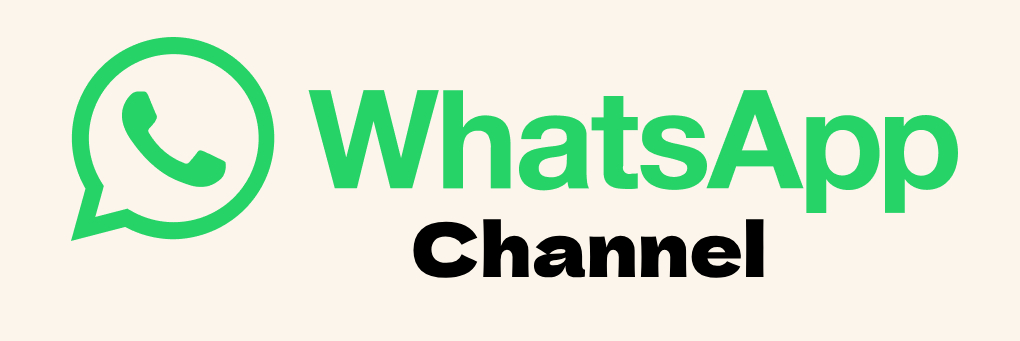Kevin Kiptum’s coach’s family has rejected the autopsy results issued by the Government Pathologist, which indicated that both individuals died from head injuries sustained in an accident. Dr. Johansen Oduor, the Chief Government Pathologist, stated that Kiptum had severe head injuries and skull fractures, primarily at the base of the skull. Additionally, there were fractures in the ribs, as well as lung lacerations. The investigation is ongoing, with samples collected for further toxicology analysis to identify potential contributors to the accident.
Here is an overview of autopsies, based on information from BetterHealthChannel.Gov.Au:
- Autopsies are conducted promptly upon receiving consent from the family.
- A qualified pathologist, assisted by a technician, performs the autopsy in a setting similar to a hospital operating room.
- The body is placed on an examination table, and the pathologist visually inspects it.
- Photographs and X-rays may be taken during the process.
- A cut is made from the collarbone to the lower abdomen to examine chest and abdominal organs.
- Small tissue samples from each organ are collected for microscope examination and additional chemical or microbiological testing.
- Typically, the brain also undergoes examination, which involves cutting through the scalp and skull. Thorough examination of the brain may take several weeks due to its delicate nature.
- Some organs might be retained for up to six weeks for further specialized tests in the pathology department.
- Following the autopsy, organs are returned to the body, and the incisions are sutured closed, similar to a surgical procedure.
- On average, the entire post-mortem process can last up to three hours.





